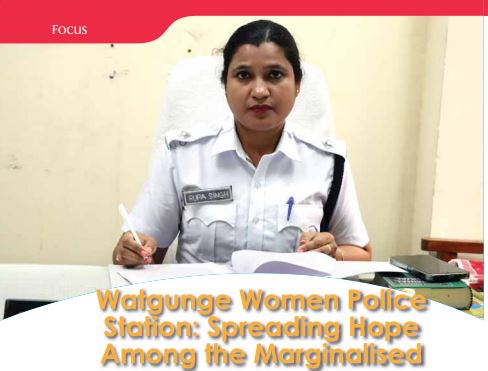
Centrifugal Disasters
Sapna Kumari holds a master’s degree in disaster management from Tata Institute of Social Sciences. As a seasoned disaster manager, she is currently engaged in the recovery efforts for the Balasore train disaster. She works closely with the State Disaster Management Authority of Bihar to enhance resilience and recovery strategies. What is a Centrifugal disasterA…










